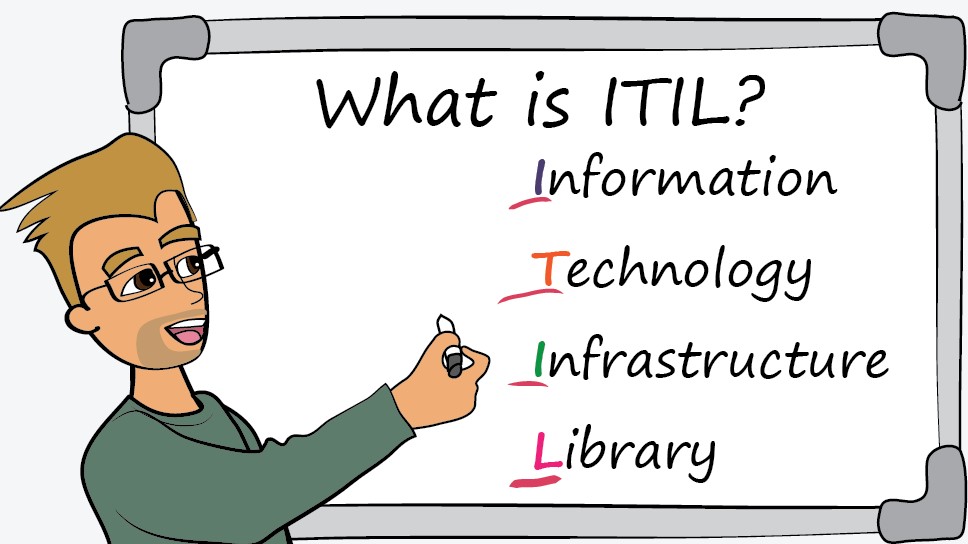
A burst of bright sunshine in the morning is always a good sign and brings lots of energy in oneself. Last week I was reading Pavel Demin and his nine principles of an ITSM professional and found it quite exciting and forthcoming. Just for the benefit of my extended colleagues below are the gist

Focus on value– we are all aware that IT organisation should provide services and not technology do we follow this practice, how often we even understand what value we are offering. Value is not defined by the service provider but by the customer. It becomes challenging if the customer is unwilling to give any information.

Design for the experience– We all know the term ‘customer experience’, but very few people know how to influence the customer effectively. The solution lies in defining the touchpoints with the users and focuses our efforts on providing service rather than talking about IT

Start where you are–In other words don’t reinvent the wheel, if something is not working then it is disappointing, and we always start from scratch. We should avoid this temptation as this involves using resources, time and energy which can be saved by taking into account current tools, data and practices. Evaluation of the current situation and consistent transformation of activities will not only save money but also result in much less resistance among the participants

Work holistically– No service, process, team or infrastructure components exists in isolation. Questions like what tools do we use to mutual influence each other and how do we analyse the result as a whole rather than individual parts of the value stream. If you can’t, have a helicopter view consider the highest point of view. Deming used to say local optimisation is one of the main managerial errors and result in more confusion

Progress slowly– short repetitions increases manageability and makes more progress regularly and helps participants (colleagues, services providers, business owners) motivation and helps learn faster and helps in achieving goals more quickly. Similar to the Agile approach and the consent of minimum viable product (MVP)

Observe directly– To understand any situation a direct understanding is required. Any numbers or calculation strongly depend on the chosen method of analysis and can easily distort the real situation. How about working on a service desk for better understanding?

Be transparent– A detailed explanation of decisions, plans and actions significantly reduces misunderstanding and resistance and helps to promote more involvement. Engaging in dialogue always helps.

Collaborate–IT cannot get the attention of the business partners; it never happens as expected unless good communication skill and relationship building are worked. The solution is never in the process, but more into the social interactions and holds suitable for cooperation within the IT team as well.

Keep it simple (KISS) and straight–everything should be made as simple as possible, but not simpler (Einstein). The moot question is about the boundary; what does ‘not simpler’ mean? It goes back to point no one; if a component does not contribute to the result or value
If a process, activity, document, metric, report (direct or indirect) does not help in value creation, it is good to question why it is even necessary. Discard everything unnecessary; you would get your share of complication to manage :)










